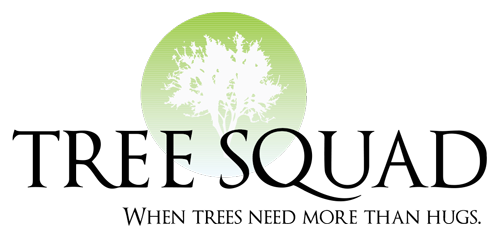Dutch Elm Disease
Dutch elm disease (DED) is a fungal tree infection affecting elm trees. It is caused by a member of the sac fungi (Ascomycota) and it is spread by the elm bark beetle. The disease is thought to have originated in Asia but it was introduced to Europe and North America, where it has eradicated large populations of elms that were not immune to the disease. DED is spread in the US by three species of bark beetles:
- The banded elm bark beetle
- The European elm bark beetle
- The native elm bark beetle
Upon infection, the tree reacts by plugging the xylem tissue with tyloses and gum. The xylem tissue transports water and nutrients to the plant and these plugs prevent this process, effectively killing the tree. The first signs of infection appear 4-6 weeks after infection and include the drying up of an upper branch of the tree with leaves turning yellow during summer, months before the usual leaf shedding in fall.
Gradually the disease spreads to the rest of the tree, with branches dying one after the other, until finally it reaches the roots, cutting off nutrients entirely. Not all the roots die: some species (Ulmus procera) develop suckers which continue to absorb nutrients for up to 15 years, eventually drying up as well.
How is the disease spread?
If the female elm bark beetle lays its eggs under the bark of dead and infected elm trees, the newly hatched beetles will emerge carrying the disease. When these infected beetles fly off to feed on healthy trees, they carry and spread the disease, and thousands of elm bark beetles can hatch from a single tree.
Root graft is another way Dutch elm disease spreads. When elm trees grow in close proximity, their roots can graft together, effectively transmitting the disease from infected tree to healthy tree. This makes it possible for the fungus to spread through a large population of healthy elms in a relatively short period of time.
Control and prevention
One way to control Dutch elm disease is to prune treesa> to remove and burn infected timber – however this method has been found to be uneconomical in some situations. However, once you identify wilting of leaves on isolated branches in the canopy, you may remove the branches to prevent further spreading.
Infected trees should be isolated from by soil trenching, which cuts off root grafting. Also, approved fungicides can also be used against Dutch elm disease.


